Affiliate links on Android Authority may earn us a commission. Learn more.
How to use Google Docs: Basic tutorial, plus tips and tricks
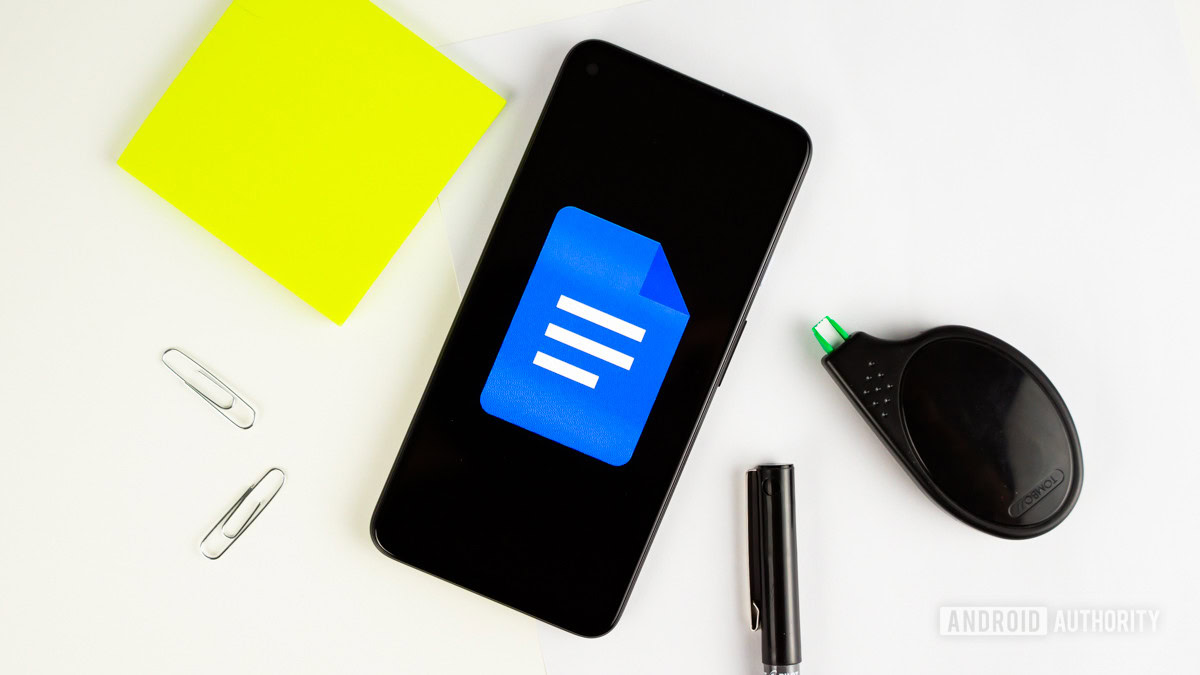
Over the last ten years, Google Docs has solidified its position as the premier cloud-based alternative to Microsoft Word. That said, there are still many who haven’t made the switch. If you’re one of those completely new to the service, don’t worry! We’re here to help with a beginner’s guide on how to use Google Docs.
There are far too many features to cover in a single Google Docs tutorial, but this should provide a solid foundation for you to get started. As you get more comfortable, you’ll discover all kinds of unique capabilities, and Google has been very active in adding new features every year.
We’ll start off with the basics, then touch on a few more advanced Google Docs tips and tricks. Let’s get started!
JUMP TO KEY SECTIONS
What is Google Docs?
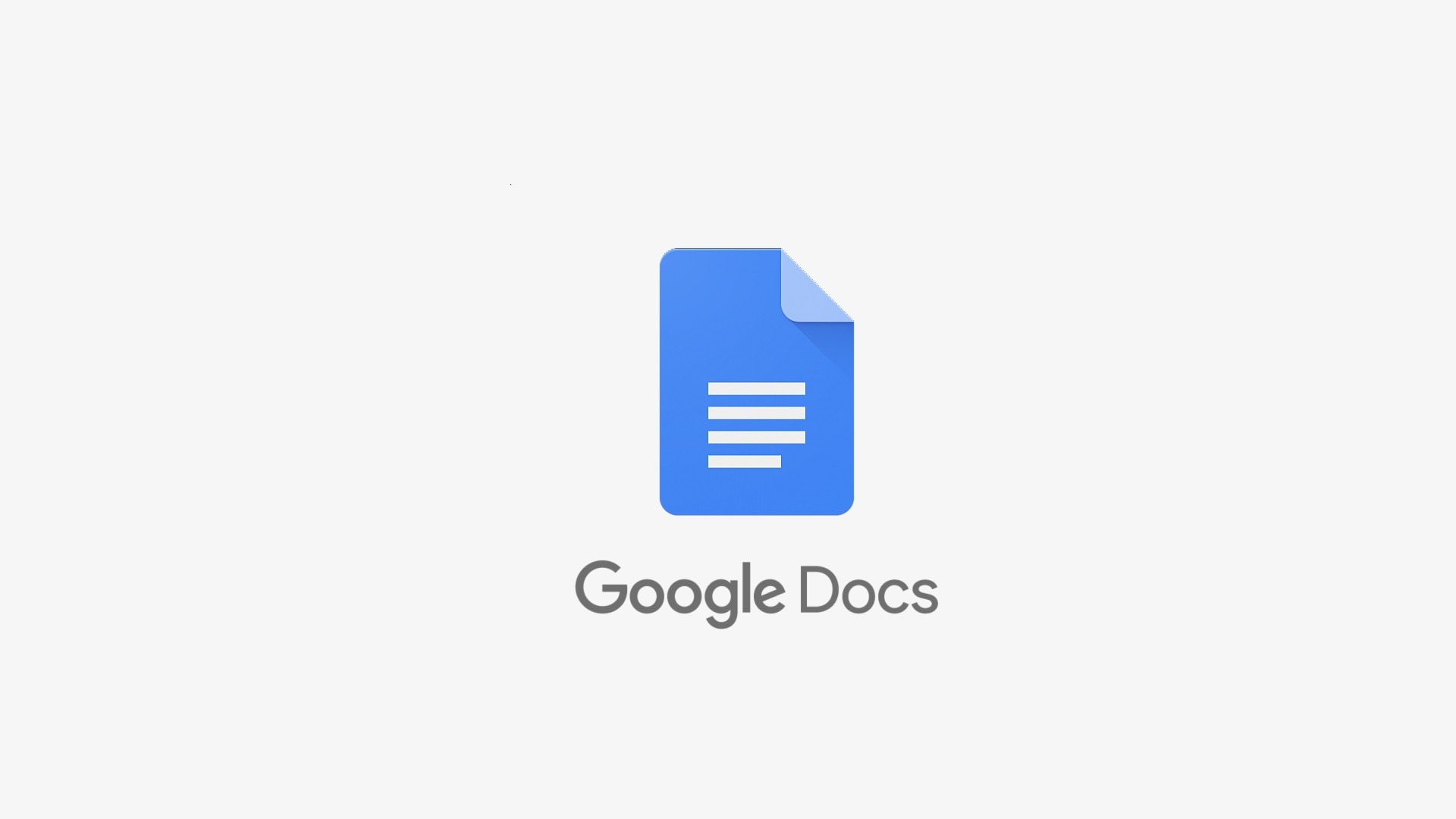
Google Docs is a cloud-based word processor that is part of Google’s G Suite. Alongside the rest of Google’s cloud-based services, like Google Drive, Sheets, Slides, and of course, Gmail, Google Workspace offers a comprehensive productivity platform for businesses and students alike.
In many ways, you can think of Google Docs as the Microsoft Word of G Suite. It enables you to compose and format a wide variety of documents, and it integrates with Sheets in a way that allows you quickly add a graph or table from a Google Sheets spreadsheet. It also supports templates and add-ons to make it even more versatile for niche tasks.
Best of all, Google Docs is completely free to use. All you need is a Google account, which is quick and easy to set up.
How does Google Docs work?
Google Docs is entirely cloud-based, which makes it work differently than traditional word processors like Word. Instead of saving documents on your hard drive, the files live in Google Drive.
This offers a number of advantages over traditional word processors such as collaborative editing in real-time and automatic backups. It’s also fully cross-platform, so you can access it from any browser or mobile device.
That said, when it comes to how to use Google Docs, it’s very similar to Word or other alternatives. It has the same toolbar across the top of the screen and the same keyboard shortcuts you’ve been using for years. You simply access your document in a browser rather than a standalone application.
How to use Google Docs: Basic tutorial
How to create a new document
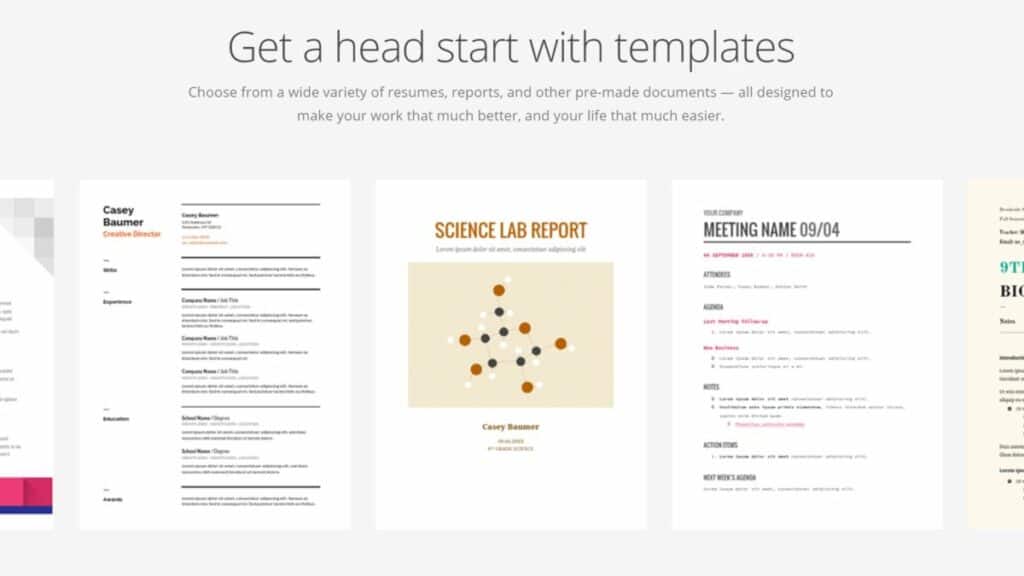
The first thing you’ll need to learn is how to create a new document. You can do this from any computer browser or mobile device, though we recommend using a computer. Most of the steps and instructions in this Google Docs tutorial are based on the browser version, which has far more capabilities.
To create a new document on the web, navigate to the Google Docs website and log in if you haven’t already. Select any of the templates along the top of the screen to create your document. The first template is blank, but the others have specific purposes like business letters or resumes. If you don’t like the colors or formatting they can be fully customized once created, too.
On mobile, you can still use your browser but it’s easier to use the Google Drive app. Just tap the plus icon in the bottom right, then tap Google Docs. It will default to a blank template, but it will also autosave to the cloud so you can edit it later.
Read more: How to add borders in Google Docs
No matter how you create your first document, make sure to give it a name in the field at the top of the screen. Otherwise, it’s very easy to lose in your Google Drive folders!
For beginners, you should really learn how to use Google Docs on a computer first. You have a lot more options to format your documents, plus, you know, an actual keyboard to type on.
How to delete a document
Since everything saves automatically in the cloud, it’s possible to accidentally create a file that sits empty in your Google Drive storage. Fortunately, it’s just as easy to delete them as it is to create them.
In a browser, all you need to do is find the document on the Google Docs website, click the three-dot button next to its name, then click Remove. You can also delete it by opening the document then clicking File and Move to Trash.
Note that once removed, you can still find those files in the Trash folder of Google Drive. Unlike Google Photos and Gmail, these files never expire. They will remain in your Trash folder until you manually clear your trash.
To clear your trash and permanently delete the document, navigate to your Google Drive Trash, select the files, and click the Delete icon in the top right. In the confirmation pop-up, select Delete Forever and enjoy your freed-up storage space.
How to use Google Docs: Advanced tips and tricks
Using Google Docs offline
One of the scariest things about moving to cloud-based platforms is the thought of what happens when you lose your internet connection. One power outage or unforeseen network maintenance and you could be stuck waiting for hours until you can return to work.
Google is more than aware of this concern, and Google Docs makes it easy to access or even edit your documents while offline. The only catch is that it only works on the Chrome browser and you need to be signed in to your account on the browser. Note that for Chromebook users the task is already done and Google Docs will work offline right out of the box.
The first thing to do is to make sure you have the Google Docs offline Chrome Extension. It may already be installed, but to check just click the link and see if it says Install or Remove.
Once that’s done, navigate to your Google Drive settings and check the box next to Sync Google Docs, Sheets, Slides & Drawings files to this computer so that you can edit offline. This will allow you to open any of your documents offline, but you will need to go a step further if you want to be able to edit and save them.
To be able to save and edit your documents offline, right-click on the document and toggle the switch for Available Offline. To summarize:
How to use Google Docs offline
- Log into your Google account on the Chrome browser.
- Install the Google Docs offline Chrome Extension.
- Navigate to Google Drive settings and toggle Sync Google Docs, Sheets, Slides & Drawings files to this computer so that you can edit offline.
- Right-click on a document and toggle Available Offline.
How to check word count in Google Docs
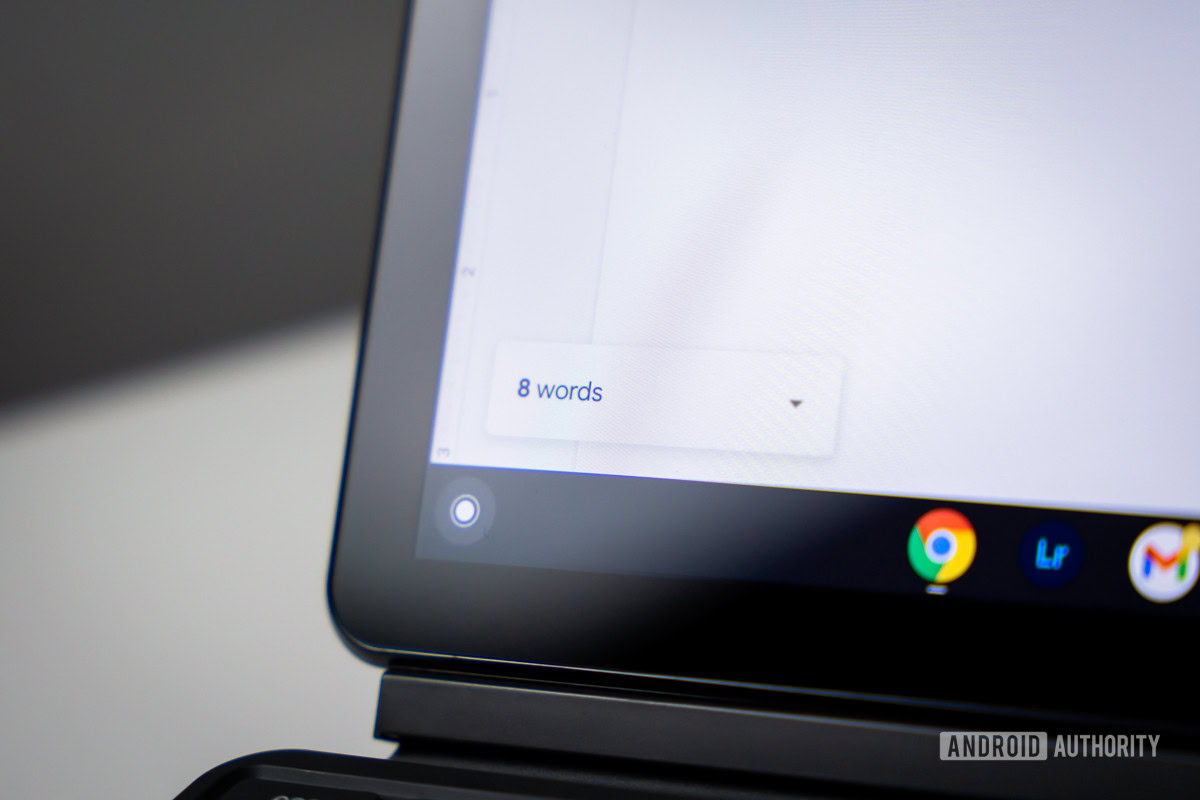
Whether prepping an assignment for school or working on an article as a writer, word count is important. Google Docs not only makes it easy to check your word count when you’re done, but it even has a feature to display your word count as you write.
To check your current word count, open the Gdocument you want to check. Click Tools in the top toolbar, then Word count. Alternatively, you can use the keyboard shortcut Ctrl + Shift + C.
The pop-up window will display the current page count, word count, character count, and character count without spaces. Beneath that, you’ll also find a toggle for Display word count while typing. This will leave a small box in the corner with a constantly updating word count, which can be incredibly useful for hitting word requirements without filling your writing with fluff after you’re finished.
How to change margins in Google Docs
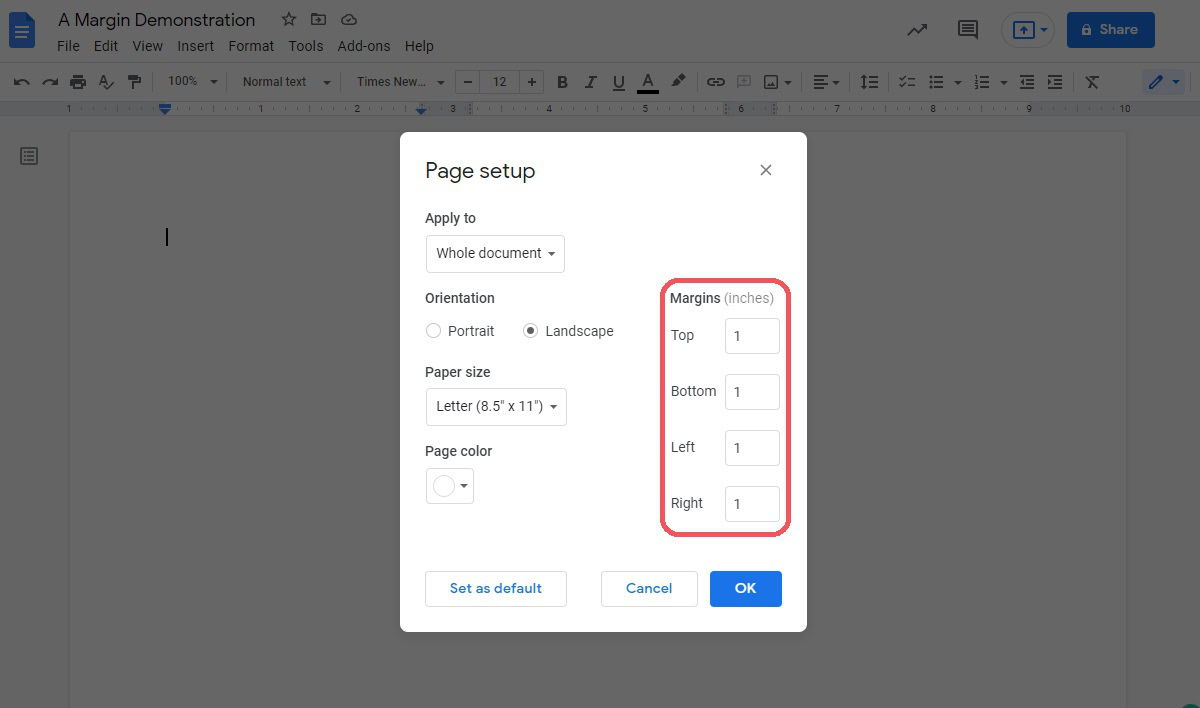
There are two ways to change margins in Google Docs: document-wide settings and specific sections. Let’s start with document-wide changes.
The process is virtually identical to most other word processors. Open your document, click File in the top left, then Page setup from the dropdown menu. From here you can change the margins in the pop-up window, and set them as default if you want all future documents to use these settings.
Read more: How to change page size and orientation on Google Docs
Knowing how to change margins in Google Docs for a specific section is a bit more complicated, but still similar to what you’re probably used to from other word processors. What you need to do is select the section of text to adjust, then click and drag the blue triangles at the top of the screen. The numbers displayed are the difference between the current setting and the default margin, rather than the distance from the edge of the page.
How to share and collaborate in Google Docs
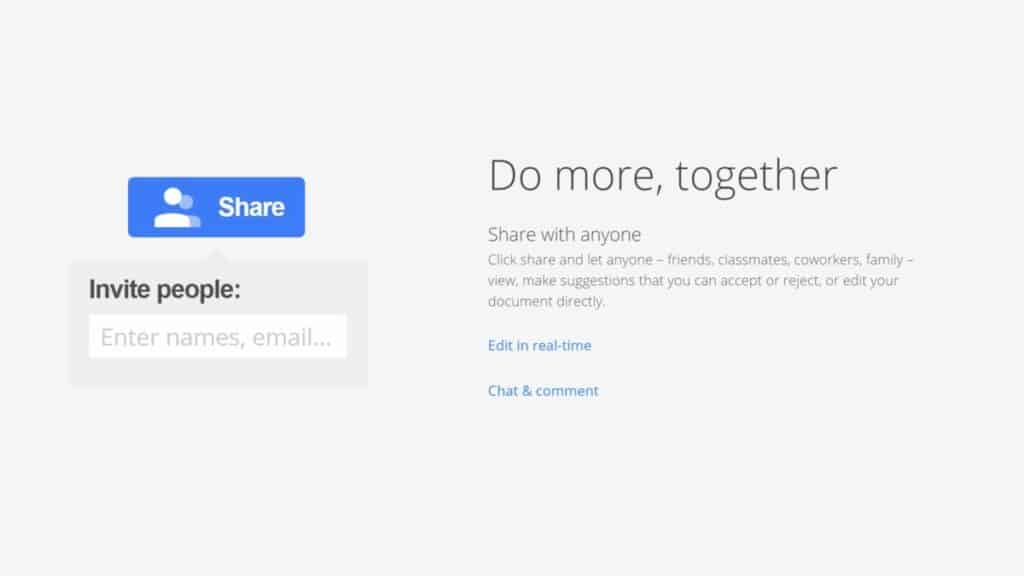
One of Google Docs’ greatest strengths is sharing and collaboration. Sharing documents with people is as easy as creating a link. Those with editing access can also edit the document at the same time. All changes are visible in real-time.
To share a document, you first need to click the large blue Share button in the top right. The box that pops up offers two separate ways to share your document. The first is entering the email addresses of everyone you want to share with. If the Notify people box is ticked, an email will be sent to all parties notifying them of the change, and the document will appear in their shared Drive folders.
Read more: How to track changes in Google Docs
The default settings allow anyone you share the document with to edit it, but you can adjust this by changing the dropdown on the right-hand side. You can also enter a custom message for the email in the text box at the bottom.
More importantly, the default settings also allow anyone with editing permissions to share and change permissions, which you may not want when sharing with people you don’t entirely trust. To change this, click the Settings cog in the top right and uncheck the box for Editors can change permissions and share.
The second way to share a document is via a hyperlink that you can send to anyone on the web. Note, however, that the default Restricted setting will still limit accessibility to just the email addresses you’ve already shared the document with. By changing the setting to Anyone with the link, anyone, including those who don’t even have a Google account, can open the document. You can also adjust the permissions on the right to allow people with the link to not just view the document but also comment on or even edit it.
Using strikethrough and subscript in Google Docs
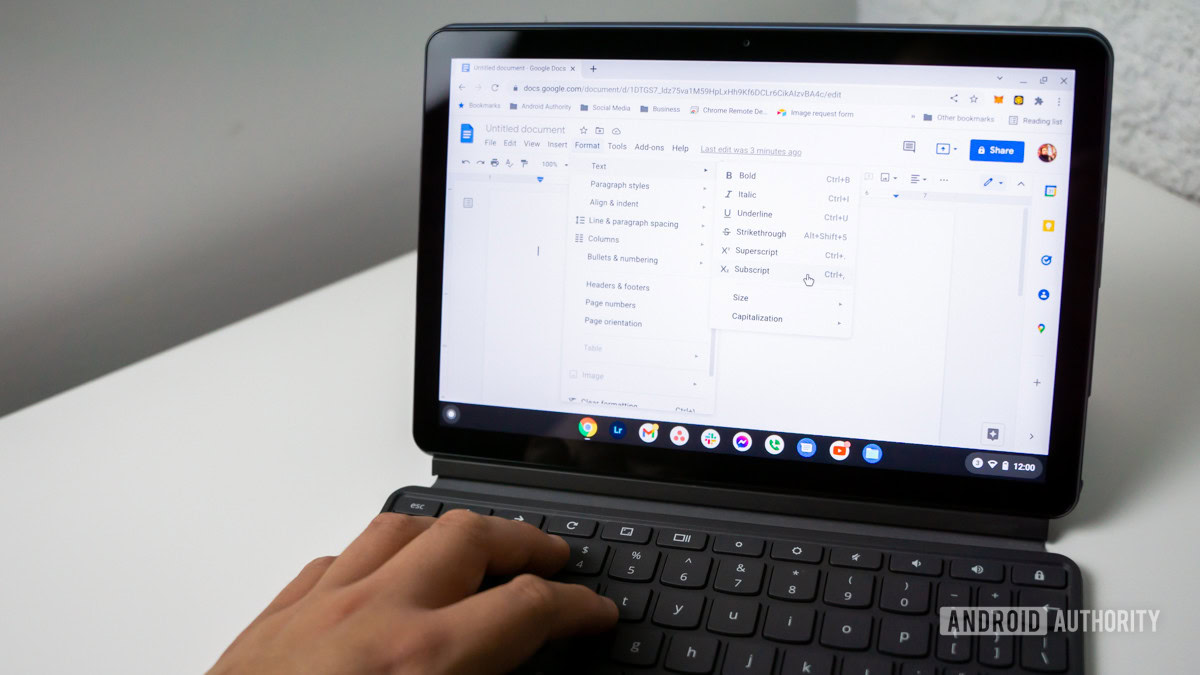
Strikethrough, subscript, superscript, and other special formatting settings are easy to access in Google Docs, although some are hidden away in the menu. The main ribbon only has buttons for bold, italic, and underline formatting.
The rest can be found by opening the Format tab at the top of the screen, then expanding Text. Here you can see all six formatting options, as well as the keyboard shortcuts for each. We’ve also listed those keyboard shortcuts below for your convenience.
How to use strikethrough, subscript, and other formatting settings
- Bold: Ctrl + B
- Italic: Ctrl + I
- Underline: Ctrl + U
- Strikethrough: Alt + Shift + 5
- Subscript: Ctrl + ,
- Superscript: Ctrl + .
Read more: How to voice type in Google Docs
FAQs
Yes. All Google Docs are private and secure unless explicitly shared with another party. If shared, the Share icon in the top right of the screen will sport a different icon.
Yes, Google Docs is completely free for personal use. However, there is also a business version called G Suite Essentials which adds security and collaboration features. It can also boost account storage to 100GB or more depending on the plan.
Starting in 2019, Google Docs began supporting all Word file types (.doc, .docx, and .dot). Docs can also be saved in these formats as well, making the two almost fully compatible.
Yes, Google Docs can be saved as PDFs by clicking File → Download → PDF Document (.pdf).
Yes, all documents are saved periodically to the cloud, although you can also force it to save by pressing Ctrl + S. If editing offline, it will save in your browser cache and update the cloud version as soon as you’re online. You can also see the last save timing at the top of the screen.
Google Docs is HIPAA compliant, but you will need to sign a BAA with Google first. This is offered to Google Workspace Enterprise (formerly G Suite Enterprise) customers.
If you’re not a fan of DocuSign, it’s possible to sign documents right within Google Docs, using the Draw feature.